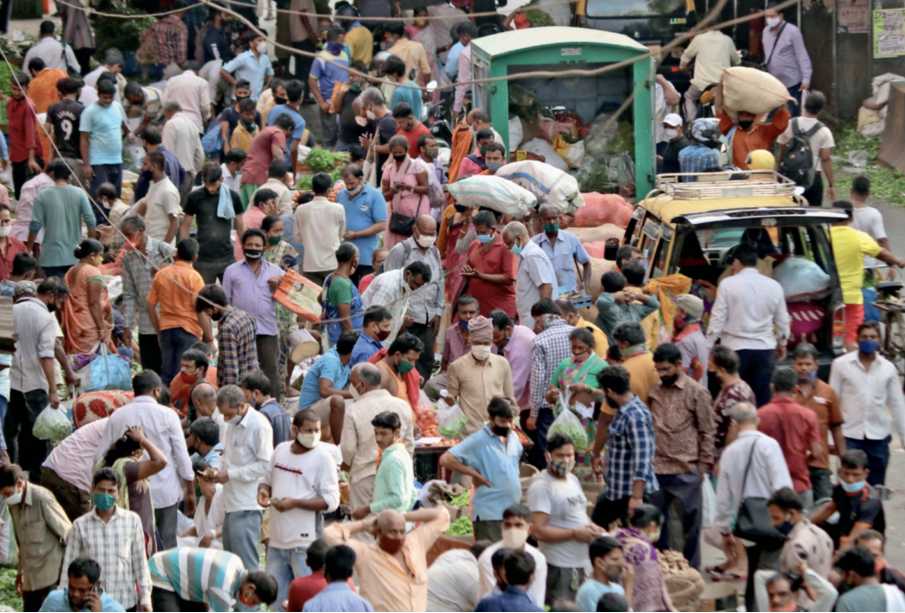India is on track to overtake China as the world’s most populated country by 2027, according to the United Nations. And it’s facing a housing crisis.
Home to 1.3 billion people, India has been witnessing an influx of people migrating from villages to cities in search of better job and education prospects.
However, affordable housing remains an unresolved problem, which has lead to a mushrooming of illegal settlements and slums.
24-year-old Priya moved to Delhi from Rajasthan for work.
“Like, because of, you know, job purposes, from villages, people have to shift to cities and I mean of course cities are now very populated. So, you know, if we make our villages more developed, more educated, I think, this difference will not be there.”
Informal housing is often unauthorised with poor sanitisation facilities, unplanned drainage, and an erratic supply of clean drinking water and electricity.
Bhupinder Kumar lives near a settlement in Delhi.
He says, ” in the next 20 years, people will turn into cannibals”, given the lack of jobs and homes.
The Indian government launched the Housing For All Mission in 2015, with a 2022 deadline.
It aims to build 20 million urban housing units and 30 million rural homes.
India’s most populous state Uttar Pradesh recently proposed legislation aiming to promote a two-child policy.
Under the state government proposals unveiled on Saturday (July 10), couples with more than two children would not be allowed to receive government benefits or subsidies and would be barred from applying for state government jobs.


